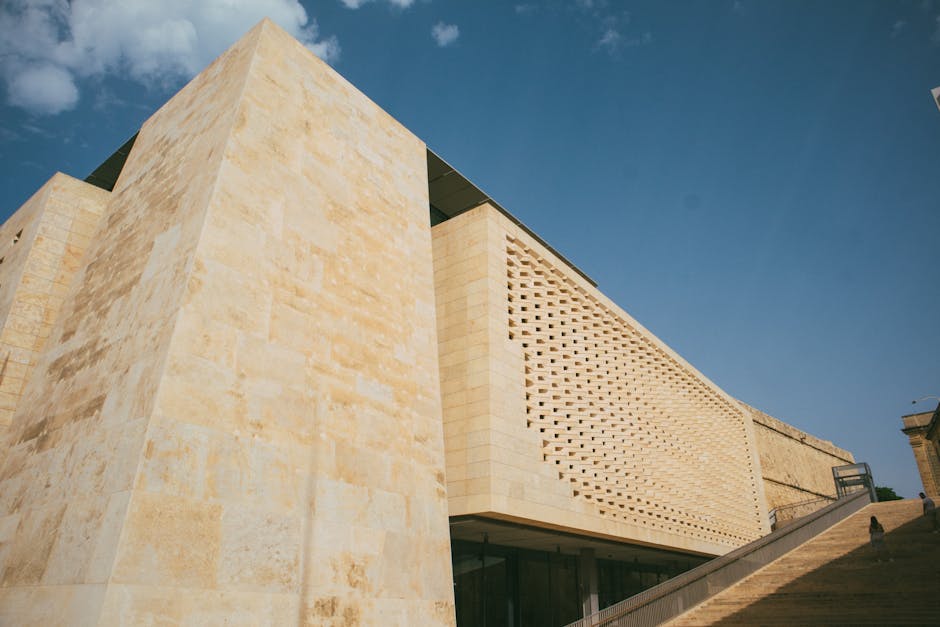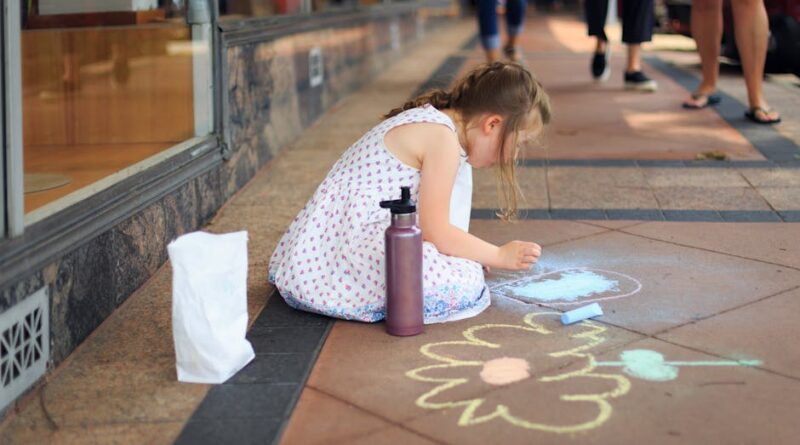Unveiling the Intricacies of Art Space Development: A Comprehensive Guide
Welcome to the world of art space development, where creativity meets urban planning to shape vibrant cultural landscapes. From repurposed warehouses to cutting-edge contemporary art galleries, the evolution of art spaces has played a pivotal role in redefining the way we experience and engage with art. But what exactly is art space development, and why is it so crucial in today’s society?
In this in-depth exploration, we will delve into the nuances of art space development, uncovering its historical roots, current trends, and future prospects. Join us on a journey through the dynamic intersection of art, architecture, and community, as we unravel the fascinating tapestry of art spaces around the world.
The Rise of Art Space Development

By Pham Ngoc Anh via Pexels
Art space development is not a recent phenomenon but has deep roots in history. The concept of dedicated spaces for artistic expression can be traced back to ancient civilizations, where temples and palaces served as venues for cultural performances and exhibitions. However, the modern era witnessed a significant shift in the way art spaces were conceptualized and utilized.
During the Industrial Revolution, the rise of urban centers led to the emergence of dedicated art districts, such as New York’s SoHo and London’s East End, where abandoned factories and warehouses were transformed into thriving art hubs. These early examples of art space development laid the foundation for the creative reimagining of urban spaces and the integration of art into the fabric of cities.
Today, art space development encompasses a diverse range of initiatives, from public art installations to artist residencies and cultural institutions. The democratization of art spaces has opened up new possibilities for artists and audiences alike, fostering a sense of community and collaboration that transcends traditional boundaries.
The Role of Art Spaces in Urban Development
Art spaces play a crucial role in shaping the identity and vitality of urban environments. By repurposing existing structures or creating new architectural landmarks, art spaces contribute to the revitalization of neighborhoods, attracting visitors, businesses, and residents to previously overlooked areas. The economic impact of art space development is also significant, with studies showing that cultural institutions can stimulate local economies and generate revenue for surrounding businesses.
Moreover, art spaces serve as platforms for social engagement and dialogue, bringing together people from diverse backgrounds to experience and interact with art. Whether through exhibitions, performances, or educational programs, art spaces have the power to foster creativity, empathy, and understanding among communities, contributing to social cohesion and placemaking.
One notable example of the transformative power of art space development is the High Line in New York City. Once an abandoned railway line, the High Line was converted into a linear park and public art space, drawing millions of visitors each year and catalyzing the regeneration of the surrounding Chelsea neighborhood. The success of the High Line has inspired similar projects around the world, demonstrating the potential of art spaces to redefine urban landscapes and create lasting cultural legacies.
Challenges and Controversies in Art Space Development
Despite the many benefits of art space development, the field is not without its challenges and controversies. One of the primary concerns is the issue of gentrification, where the influx of art galleries and cultural institutions can lead to rising property values and displacement of long-time residents. This phenomenon has been observed in cities like San Francisco and Berlin, where artists and creatives have been priced out of neighborhoods they once called home.
Another challenge facing art space development is the sustainability of funding and resources. Many art spaces rely on a mix of public and private support, making them vulnerable to fluctuations in economic conditions and shifting political priorities. As a result, securing long-term financial stability and operational independence is a constant struggle for many cultural organizations.
Furthermore, the ongoing debate over the commodification of art and culture raises questions about the role of art spaces in promoting creativity and artistic integrity. In an age of commercialization and mass consumption, preserving the authenticity and diversity of artistic expression within the confines of art spaces remains a pressing concern for cultural advocates and practitioners.
Future Trends in Art Space Development
Looking ahead, the future of art space development is filled with exciting possibilities and challenges. The advent of digital technologies and virtual reality has opened up new avenues for artists to create and exhibit their work, blurring the boundaries between physical and virtual art spaces. Online platforms and social media have also democratized access to art, allowing artists to reach global audiences and connect with like-minded creators.
At the same time, the growing awareness of environmental sustainability and social justice is shaping the way art spaces are designed and operated. From green building practices to inclusive programming, art spaces are increasingly embracing principles of sustainability and equity to address pressing issues of our time. Initiatives such as artist-led collectives, community-driven projects, and collaborative partnerships are redefining the role of art spaces in fostering social change and advocating for a more just and equitable society.
One exciting trend in art space development is the rise of interdisciplinary collaborations and hybrid spaces that blend art, technology, and science. Museums, galleries, and cultural institutions are partnering with tech companies, research institutions, and startups to create innovative experiences that challenge traditional notions of art and audience engagement. By breaking down silos and fostering cross-disciplinary dialogue, these collaborations are redefining the boundaries of art spaces and pushing the boundaries of creativity and innovation.
Expert Opinions
According to renowned urban planner Jane Jacobs, “Cities have the capability of providing something for everybody, only because, and only when, they are created by everybody.” This sentiment underscores the importance of community engagement and participation in the planning and development of art spaces. By involving local residents, artists, and stakeholders in the decision-making process, cities can create inclusive and vibrant cultural environments that reflect the diversity and richness of their communities.
Art historian and curator Dr. Sarah Thornton emphasizes the need for art spaces to adapt to changing societal needs and technological advancements. “Art spaces are not static entities but dynamic platforms for dialogue and exchange,” she says. “In an age of rapid urbanization and digital transformation, art spaces must evolve to remain relevant and responsive to the shifting cultural landscape.”
Conclusion
To wrap things up, art space development is a multifaceted and dynamic field that plays a crucial role in shaping the cultural, social, and economic fabric of cities around the world. By reimagining the way we experience and engage with art, art spaces have the power to inspire creativity, foster community, and catalyze positive change in society.
As we navigate a rapidly changing world marked by urbanization, globalization, and technological innovation, the role of art spaces in nurturing creativity, empathy, and dialogue has never been more important. By investing in the development of diverse and inclusive art spaces, we can create vibrant and resilient communities that celebrate the transformative power of art and culture.
Long story short, art space development is not just about building physical structures but creating meaningful experiences that enrich our lives and connect us to one another. So, the next time you visit an art gallery, museum, or public art installation, take a moment to appreciate the beauty and complexity of the space itself, for behind every masterpiece lies a story of creativity, collaboration, and community.




